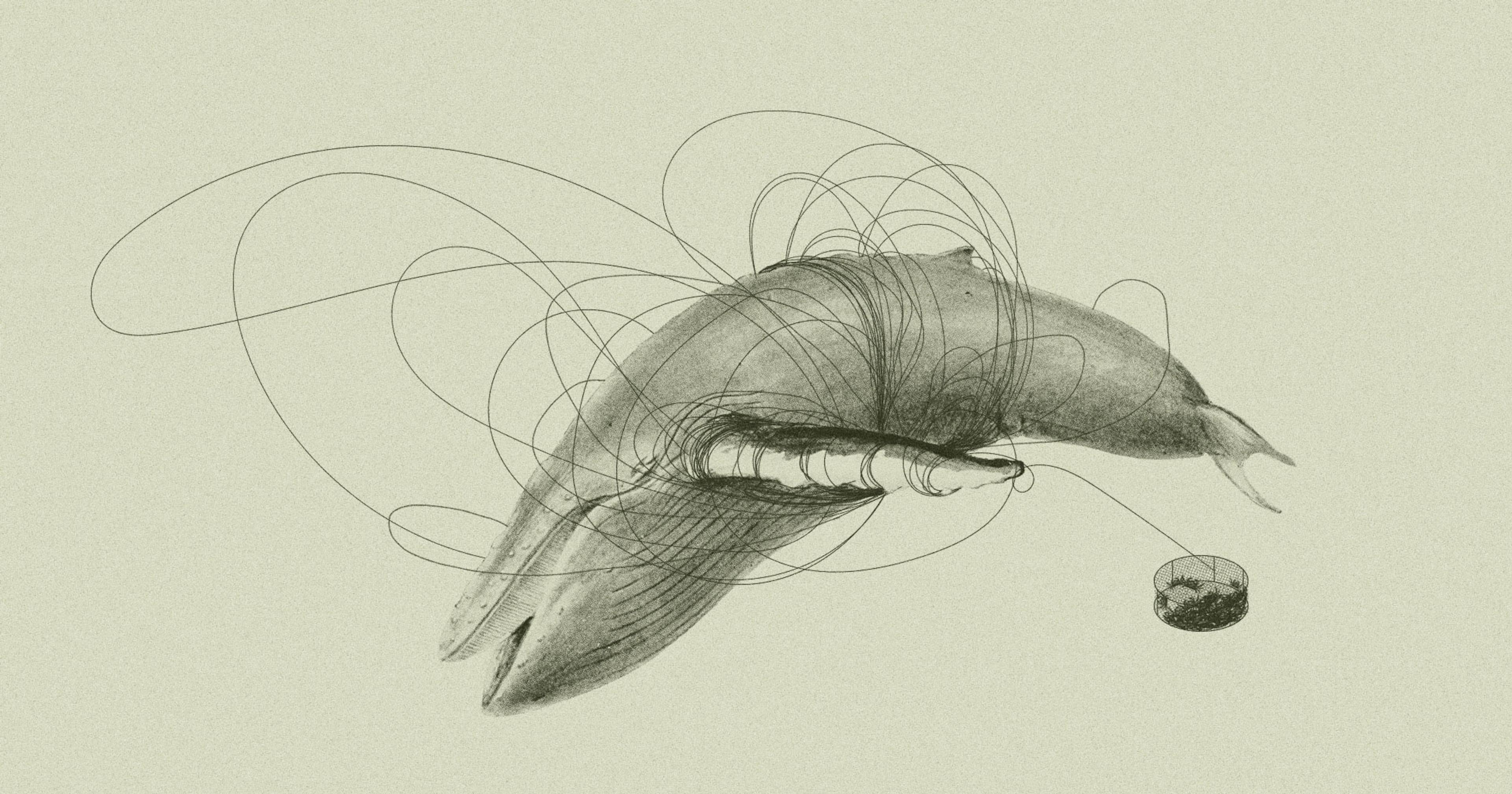Based on aerospace innovations, “digital twins” of crops, fields, and livestock are an emergent new precision agriculture tool.
Long before he stepped into the farm fields, Daniel J Rooney learned from a different frontier: outer space. His father’s job at the space program filled their home with Apollo-era models — replicas of spacecraft he called “twins.” To young Rooney, they were just toys; to his father, they were lifesaving tools, letting engineers on Earth solve problems in space. Now the CEO of LandScan is adapting that same concept — not for space, but for soil — creating digital twins of farm fields.
Digital twins have the potential to reshape modern agriculture with virtual replicas of fields, crops, and livestock. These exact replicas of your farm can enable data-driven decisions that boost yields and reduce waste. First used in the aerospace industry in the 1960s, digital twins simulate real-world conditions and adapt with each new data update, providing farmers with precise, real-time insights.
“Agricultural twins go beyond mapping fields,” explained Rooney. “They’re about building interactive models that mirror real-time changes on the ground.” By combining data from multiple sources — soil scans, satellite imagery, and on-farm sensors — digital twins create 3D models that track every change, from nutrient levels in the soil to specific crop water needs. This integrated view lets farmers see both the land’s current state and likely developments, enabling smarter, more targeted responses.
Though the concept of digital twins originated decades ago with NASA, in agriculture the technology has evolved to create real-time, adaptive models of specific fields. “Think of it like a virtual avatar for the farm,” said Suresh Neethirajan, computer science professor and department chair at Dalhousie University in Canada. “If a cow is feeding or a tractor is in motion, the twin mirrors it, allowing us to run ‘what-if’ scenarios and plan ahead.”
The Soil and the Sky
Rooney’s work with digital twins enables farmers to monitor soil health with a level of precision previously unheard of, especially for permanent crops like orchards and vineyards, where soil variability can make or break yields. Earlier this year, Rooney was awarded a patent for his pioneering process, which combines soil scans, vegetation data, and analytics to produce what he calls Root Cause Analytics (RCA). “RCA lets us go beyond simply identifying water stress. We can pinpoint exactly what each part of the field needs, whether it’s more water or nutrients, and adjust accordingly,” he said.
By deploying a “digital soil core” probe, farmers can map soil properties in real time, creating a digital twin that mirrors the field’s physical conditions. This model allows farmers to simulate different scenarios, optimize resources, and project outcomes. “For soil-dependent crops, small adjustments can yield big returns,” Rooney said. For example, irrigation schedules could be adjusted based on real-time moisture levels, nutrient application could be fine-tuned to match specific soil needs, and planting depths could be optimized to improve root development.
While Rooney’s digital twin approach starts from the ground, Agronomeye CEO Stu Adam’s perspective spans the sky. His technology leverages aerial imaging from drones and planes to map vast landscapes, offering farmers a strategic, top-down view of their fields. This method provides insight into erosion risks, water distribution, and other large-scale factors, helping farmers make high-level, strategic decisions.
Adam’s journey began during Australia’s severe 2017–2019 drought, where optimizing every drop of water became crucial. With AgTwin, farmers can identify high-risk erosion areas, improve water catchment, and prevent soil degradation. By focusing on water distribution and soil absorption rates, Adam’s technology could help farmers stretch their resources further and respond to environmental challenges.
Twinning in the Real World
As digital twin technology continues to evolve, its applications in agriculture are expanding to more sophisticated simulations. In Nebraska, a team of researchers led by University of Nebraska-Lincoln’s James Schnable is building a digital twin of an entire cornfield, with a $1 million grant from the National Science Foundation. This virtual cornfield allows researchers to simulate various “what-if” scenarios — from drought impacts to nutrient deficiencies — without needing to grow an actual crop each time. By running these scenarios on high-performance computers, Schnable’s team can quickly identify the most resilient planting arrangements and hybrids.
Meanwhile, in livestock, Neethirajan’s research with digital twins includes monitoring individual cows through wearable sensors that capture real-time data on heart rate, feeding patterns, and even social behavior. In animal welfare research, these models offer unprecedented insight. For example, when sensors track a cow’s heart rate, movement, and feeding patterns, that data feeds into a virtual model of the cow — a “twin” — which represents not only its current state but also its predicted future state based on historical data and real-time inputs. This twin can then simulate how different scenarios (such as a change in feeding or social grouping) might affect the cow’s well-being or productivity. It’s more than just an alert system — it’s a model that helps anticipate issues before they become critical.
The value of having a digital twin is in the predictive power it offers. Instead of simply reacting to high heart rates or low milk production, the model can simulate outcomes based on changes made in real time, helping farmers make proactive decisions for better herd management. Digital twins even help farmers in remote locations by enabling expert consultation without physical presence; veterinarians, for instance, can access health data and offer advice from afar.
Slow to Adoption
Despite their transformative potential, digital twins in agriculture are still largely in the R&D or pilot phase, particularly on smaller farms. “Generally, when new technology is developed, it’s first used in defense and intelligence, then in aerospace, followed by healthcare, and finally in fields like environmental management, shipping, and logistics,” said Neethirajan. “Agriculture is typically slower in adopting new technologies ... though that landscape is starting to change.”
While large corporations and research institutions are actively testing digital twin applications in the U.S., Canada, and Europe, full-scale implementation remains limited. One significant hurdle is cost. Adam points out that, while large firms often see a clear return on investment, the initial expenses can be daunting for smaller farms. “For now, there’s an overhead,” Adam noted, “but as the technology scales and benefits become evident, that barrier will lower.” (None of the companies mentioned in this article shared specifics on their pricing.)
The potential for digital twins, however, is undeniable. As costs decrease, adoption is expected to accelerate, with projections suggesting the digital twin market could reach $73.5 billion by 2027. With digital twins, farms have the potential to optimize crop yields, assess climate risks, and improve sustainability practices, which could help them meet emerging standards in the EU and potentially access premium markets in North America.
Rooney’s work demonstrates that digital twins can significantly decrease greenhouse gas emissions tied to over-fertilization by allowing farmers to optimize nutrient application and minimize nitrogen runoff. Meanwhile, Adam’s technology provides insights into land use, enabling farmers to implement erosion control and preserve soil health — critical for carbon sequestration. (It should be noted that digital twins are one tool in the larger precision agriculture toolkit, and will ideally work alongside other existing technologies to maximize sustainability and farm efficiency.)
Neethirajan emphasized this potential: “With digital twins, we can calculate emissions on every level — from manure management to water use. The data empowers farmers to benchmark performance and make small adjustments with big impacts, like cutting CO₂ emissions per liter of milk.”
As digital twin technology becomes more accessible, its role in agriculture will likely grow, providing farmers with valuable insights to navigate the challenges of climate change, resource management, and sustainability. While not a one-size-fits-all solution, these tools are poised to support more informed decisions, helping to optimize yields, reduce waste, and contribute to long-term environmental goals.










